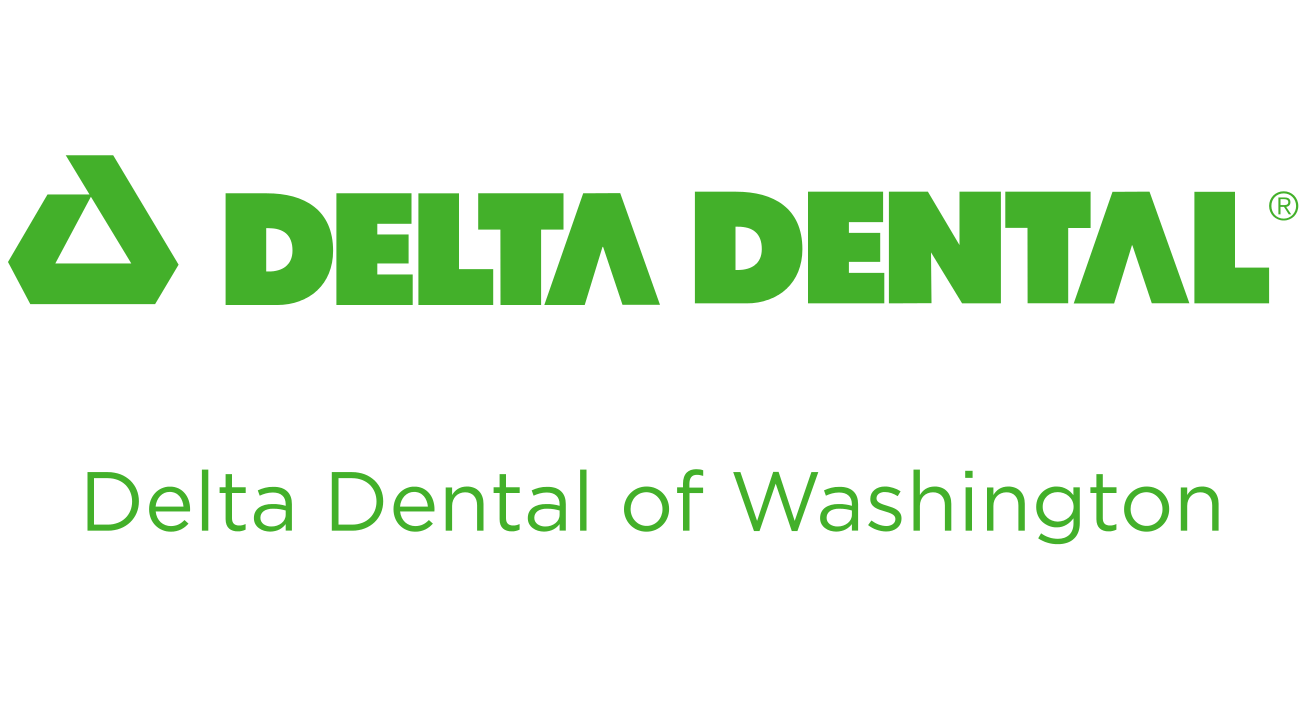What Is Dental Coinsurance?

Along with dental insurance deductibles, coinsurance is one of the ways you and your dental insurance provider share costs. If your dental benefits plan covers less than 100% of the cost of a service, you're responsible for paying the remaining percentage directly to your dentist. This amount is what's known as your "coinsurance."
But how exactly does coinsurance work and how is it different from a copay? We know insurance can be confusing but we're here to help shed some light.
Looking for dental benefits?
We offer a variety of plans for individuals and families with different coinsurance options to fit your needs.
How Does Dental Coinsurance Work?
When you look at your dental benefits summary, your coinsurance is typically listed as a percentage, or rather you'll see the percentage that your insurance provider will pay for each service.
As shown on the following comparison chart of three Delta Dental individual plans, preventative care, fillings, crowns, root canals, non-surgical extractions, and gum disease deep cleaning are all covered by anywhere from 50–100%.
In the case of the Premium Plan, you won't pay anything more for preventative treatments. The plan then covers 80% of fillings, meaning you'll be responsible for paying the remaining 20% as coinsurance. You'll also be responsible for 50% of the cost of crowns, root canals, non-surgical extractions, and/or deep cleaning.
Keep in mind that, in many cases, you'll need to pay your coinsurance on top of your deductible. Your deductible is the annual dollar amount you pay directly to your dentist before your insurance begins to pay. Deductibles commonly range between $50 and $100, and you don't have to pay any further deductible once you've met it for the year. What's more, many insurance providers, including Delta Dental, waive deductible payments for some or all preventative care.
To further dive into how coinsurance works alongside the other pieces of the dental insurance puzzle, let's use an example. Say you need to get a cavity filled, which costs $300.* Your deductible for the year is $100, after which your plan will cover 80% of the cost of fillings, leaving you with the remaining 20%.
- • You'll pay $100 up front, out-of-pocket to your dentist. This will be deducted from the total cost of $300.
- • Of the $200 balance, your insurance will pay 80% = $160.
- • For coinsurance, you pay the remaining 20% = $40.
- • Your $100 deductible + $40 coinsurance = a total of $140.
- • However, if you need to get a second cavity filled during the same calendar year, you won't need to pay any further deductible since you've already met it. In that case:
- • Of the total $300, your insurance will pay 80% = $240.
- • For coinsurance, you pay the remaining 20% = $60 total out-of-pocket cost.
*These figures are for example purposes only. Your total out-of-pocket cost will vary based on your provider, plan choice, age, and location.
How to Decide What Coinsurance Is Right for You
Your coinsurance for certain treatments may be as low as 10% or even nothing, while more complicated procedures may require you to pay 50% or more. Each dental plan has its own breakdown by treatment, and what's right for one person isn't necessarily right for someone else. When trying to decide what kind of coinsurance is right for you, it's important to consider your current financial situation and how much dental work you might need.
Typically, plans that have lower coinsurance (ie: cost you less per treatment) will cost more in monthly premiums, while cheaper plans require you to pay a higher percentage of any procedures you receive. If you only anticipate needing basic cleanings and maybe the occasional filling, a lower-premium/higher-coinsurance plan may be your best bet. But if you end up needing substantial dental work, a plan with a higher monthly premium could actually save you money in the long run.
What's the Difference Between Coinsurance and Copay?
Coinsurance and copays are both out-of-pocket costs associated with dental insurance, but while coinsurance is based on a percentage of the total cost, copays are predetermined flat fees that you need to pay before receiving any service or treatment. (To learn more about copays, read our guide here.)
We can't give a definitive answer as to whether coinsurance is better than copay or vice versa, as it's highly dependent on an individual's unique situation. That said, a benefit of copay is that, instead of being surprised by a higher-than-expected dental bill, you'll always know exactly how much you'll have to pay. However, this doesn't always end up saving you money in the end. Regardless of what a procedure actually costs, the flat rate is what you'll pay, even if coinsurance would have been less.
Of course, understanding this difference is only one part of making an informed decision about your plan. Premiums, deductibles, copays, and coinsurance can seem complicated, but a little research simplifies the process. Click the Get Your Quote button below to start comparing policies.






